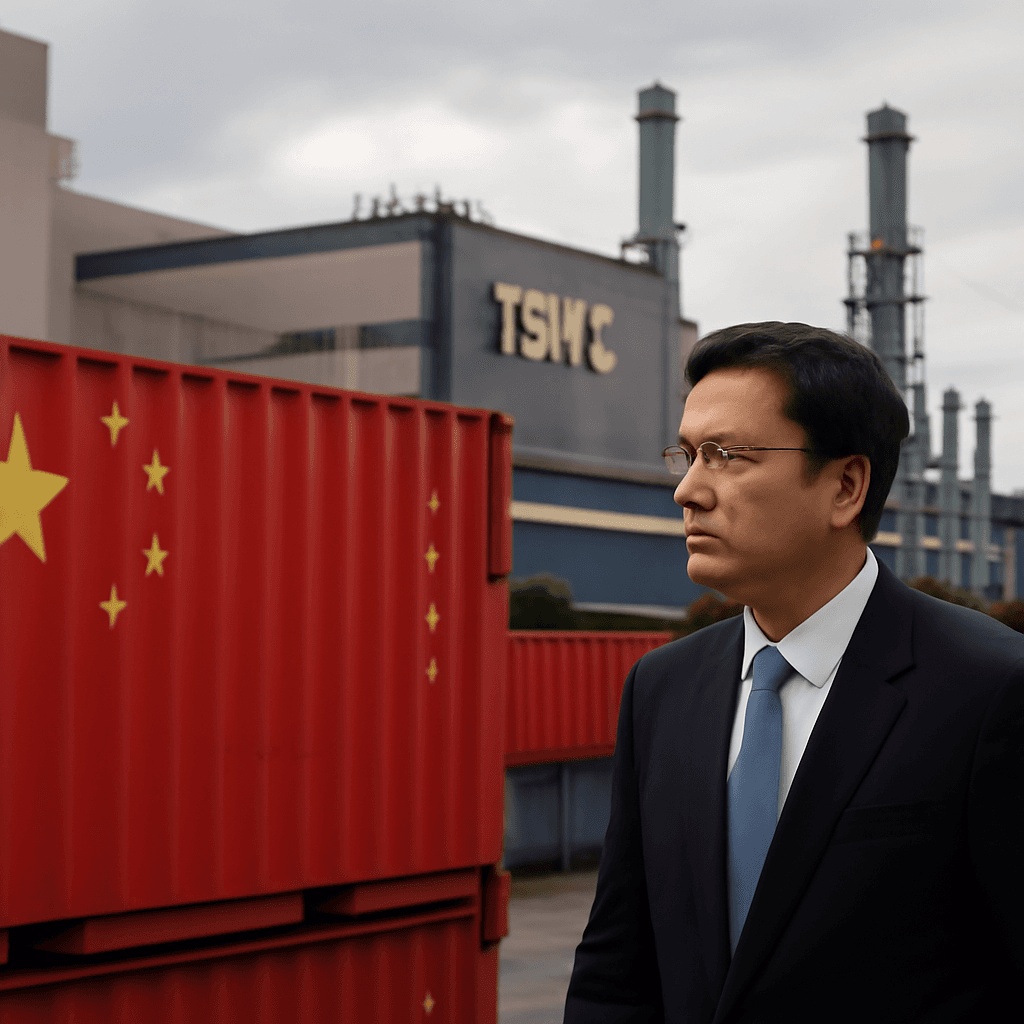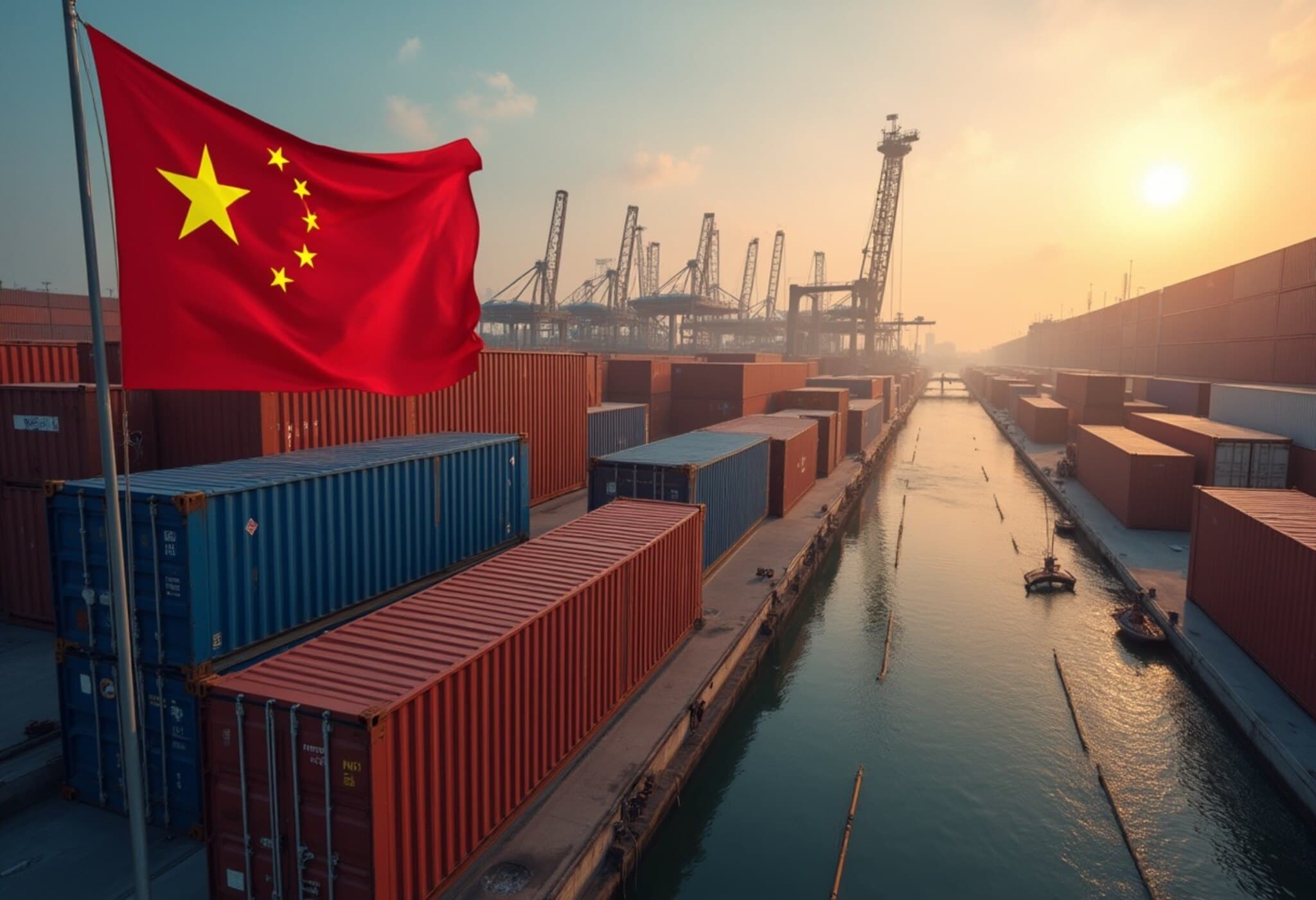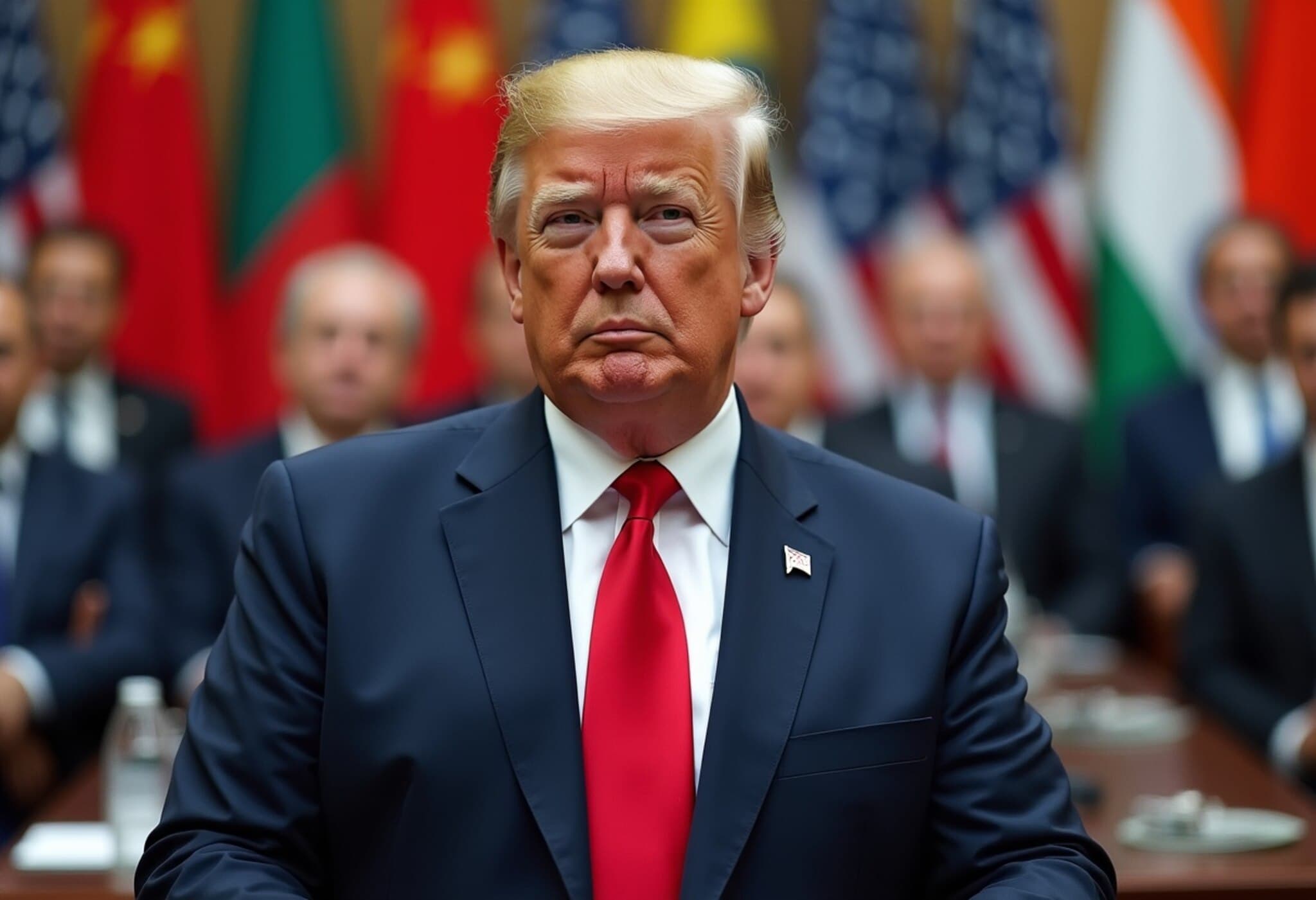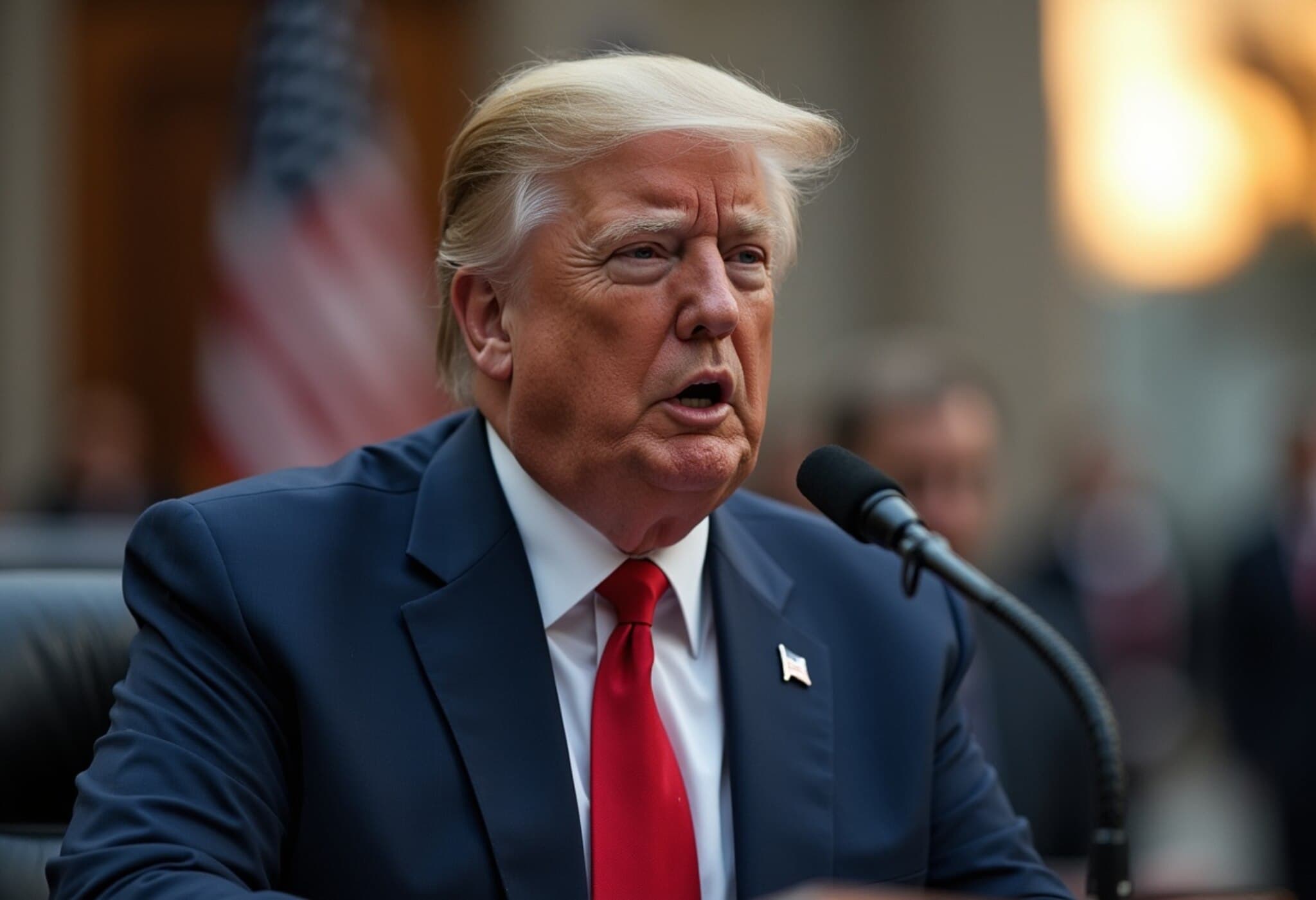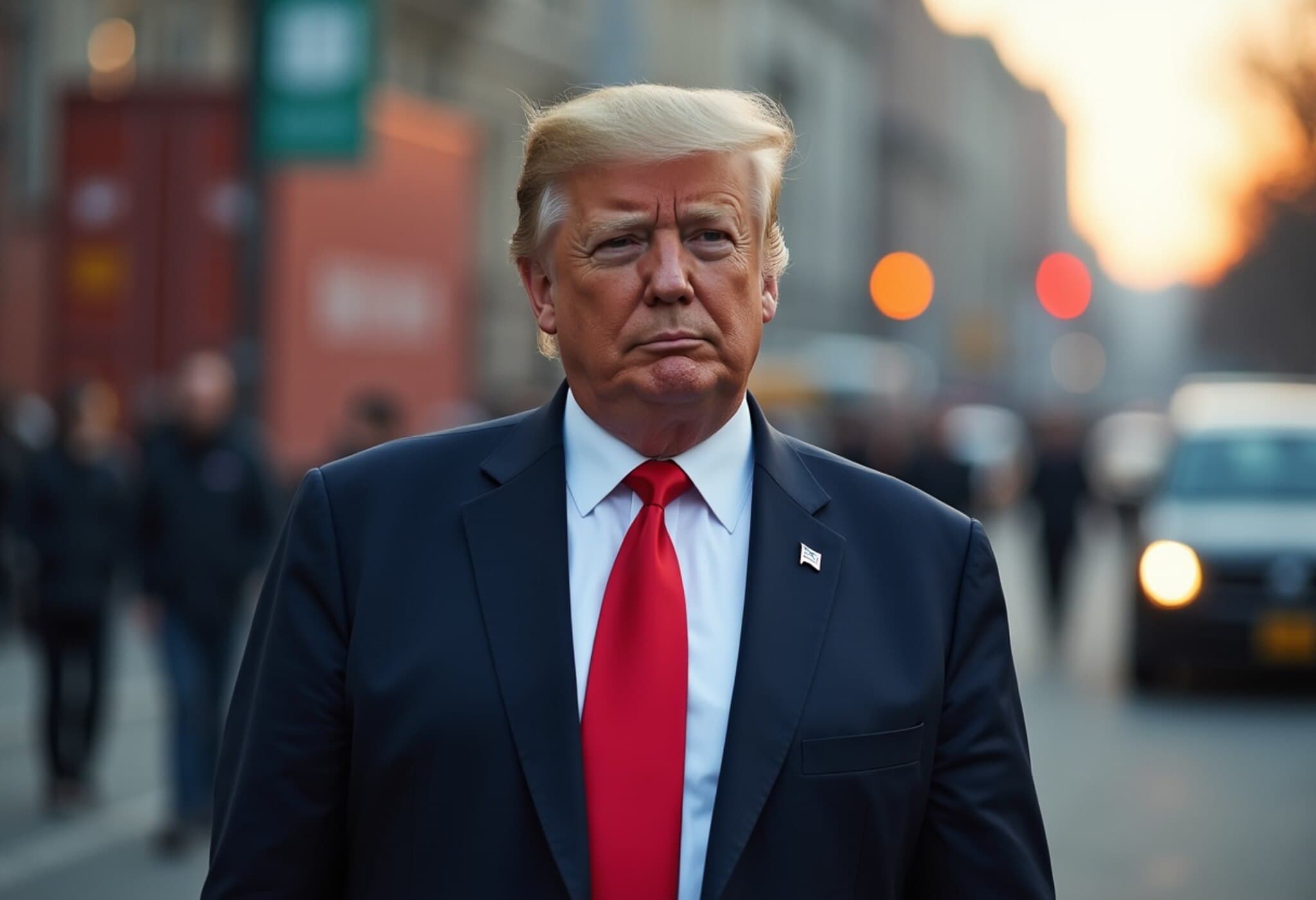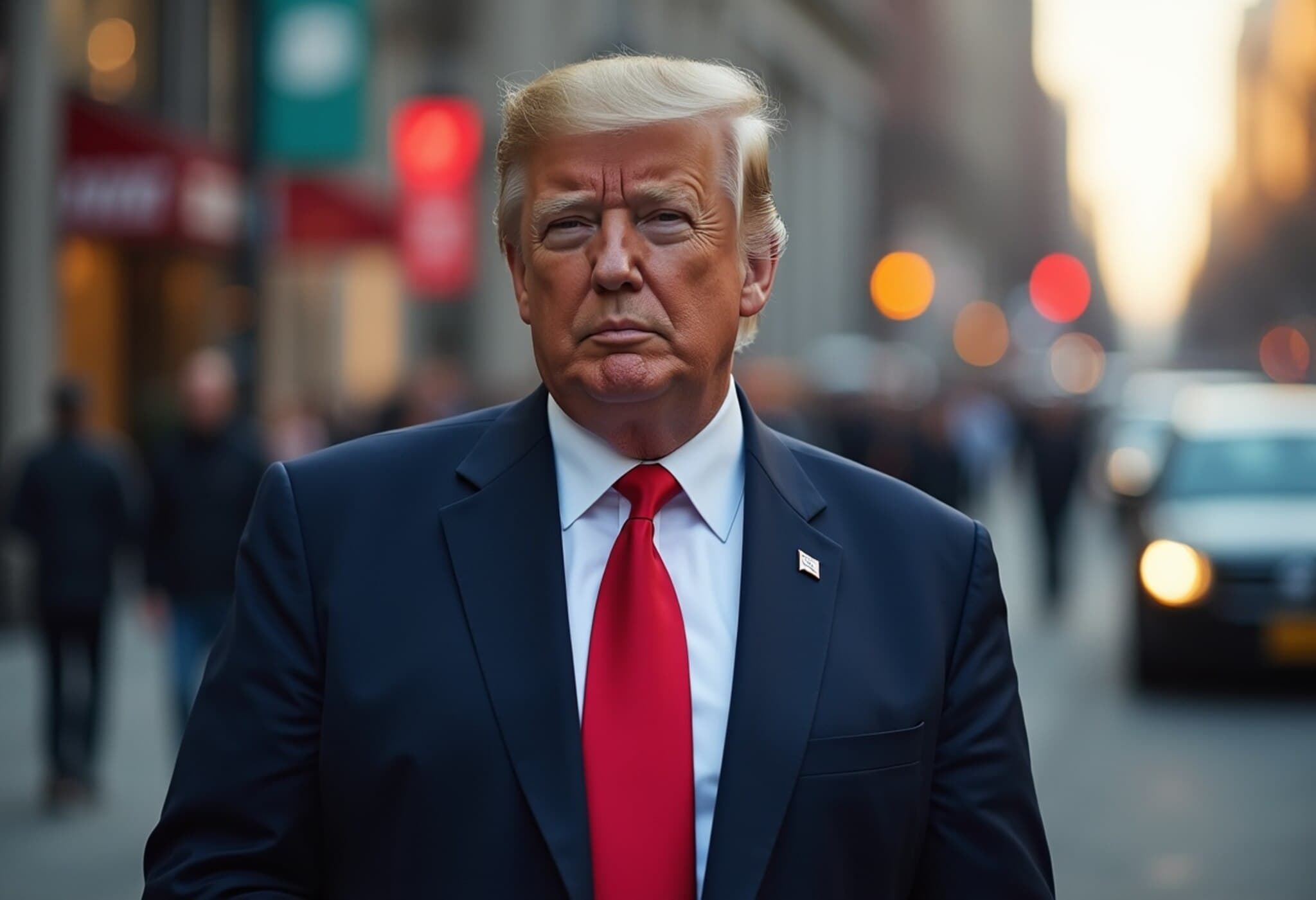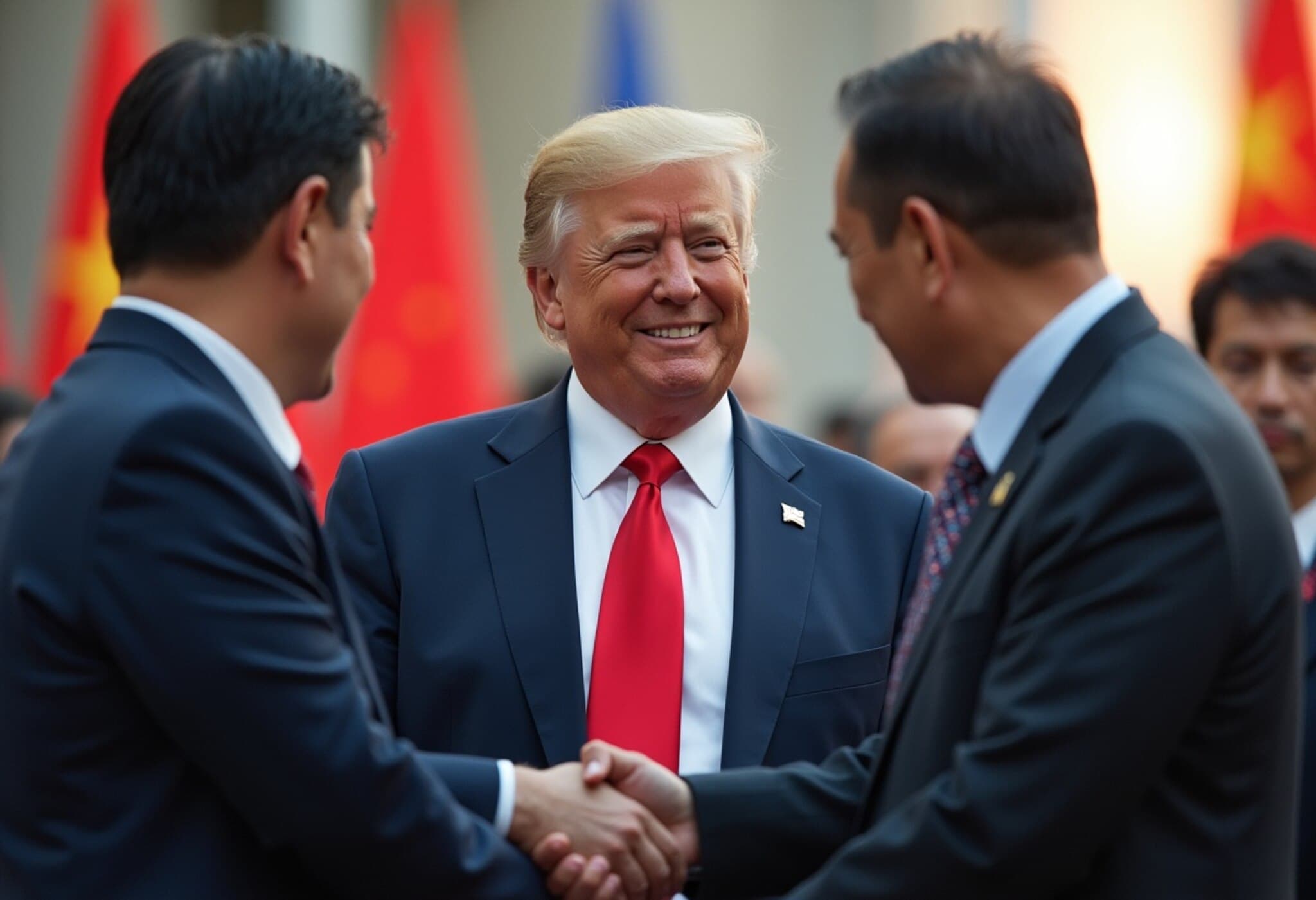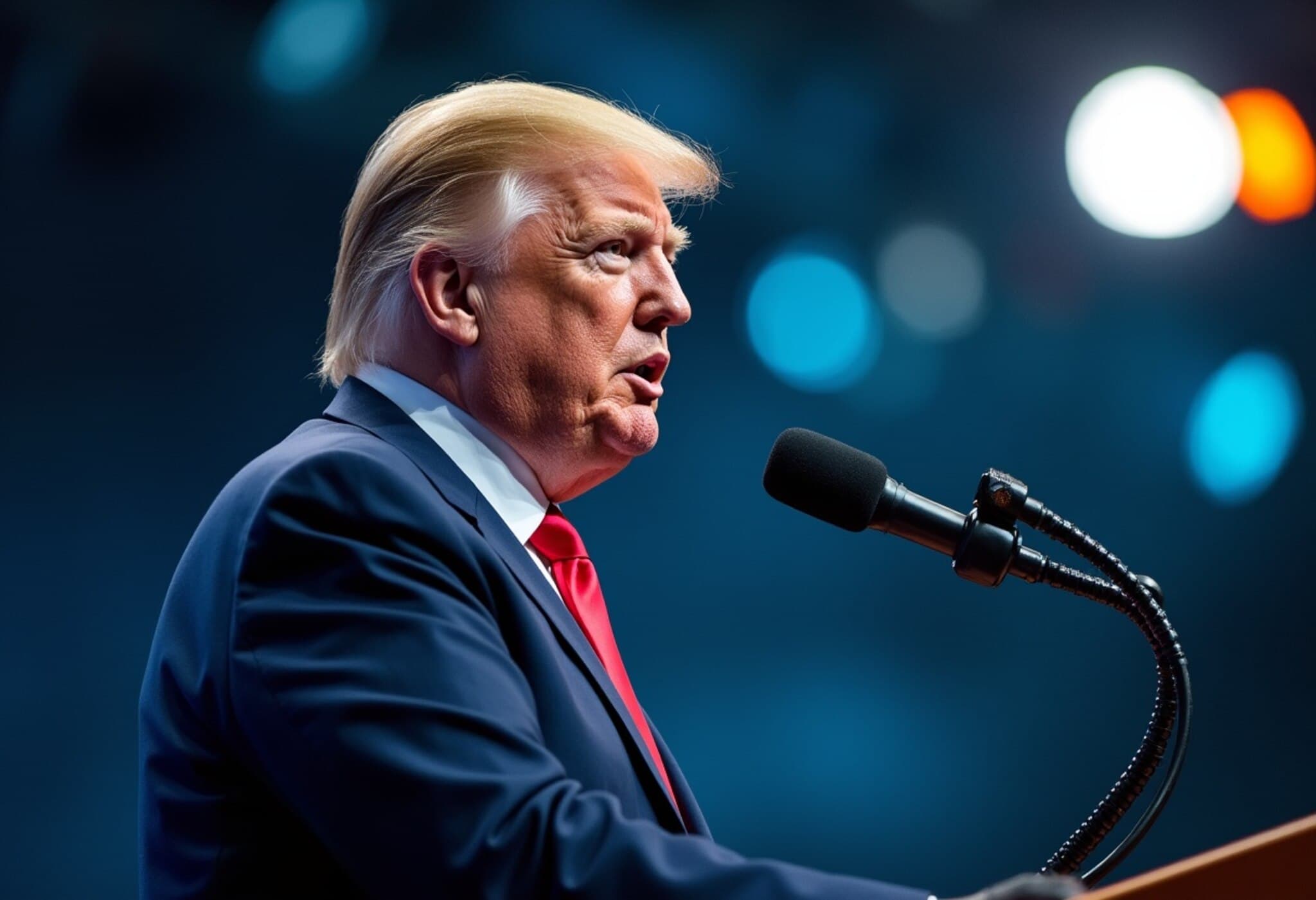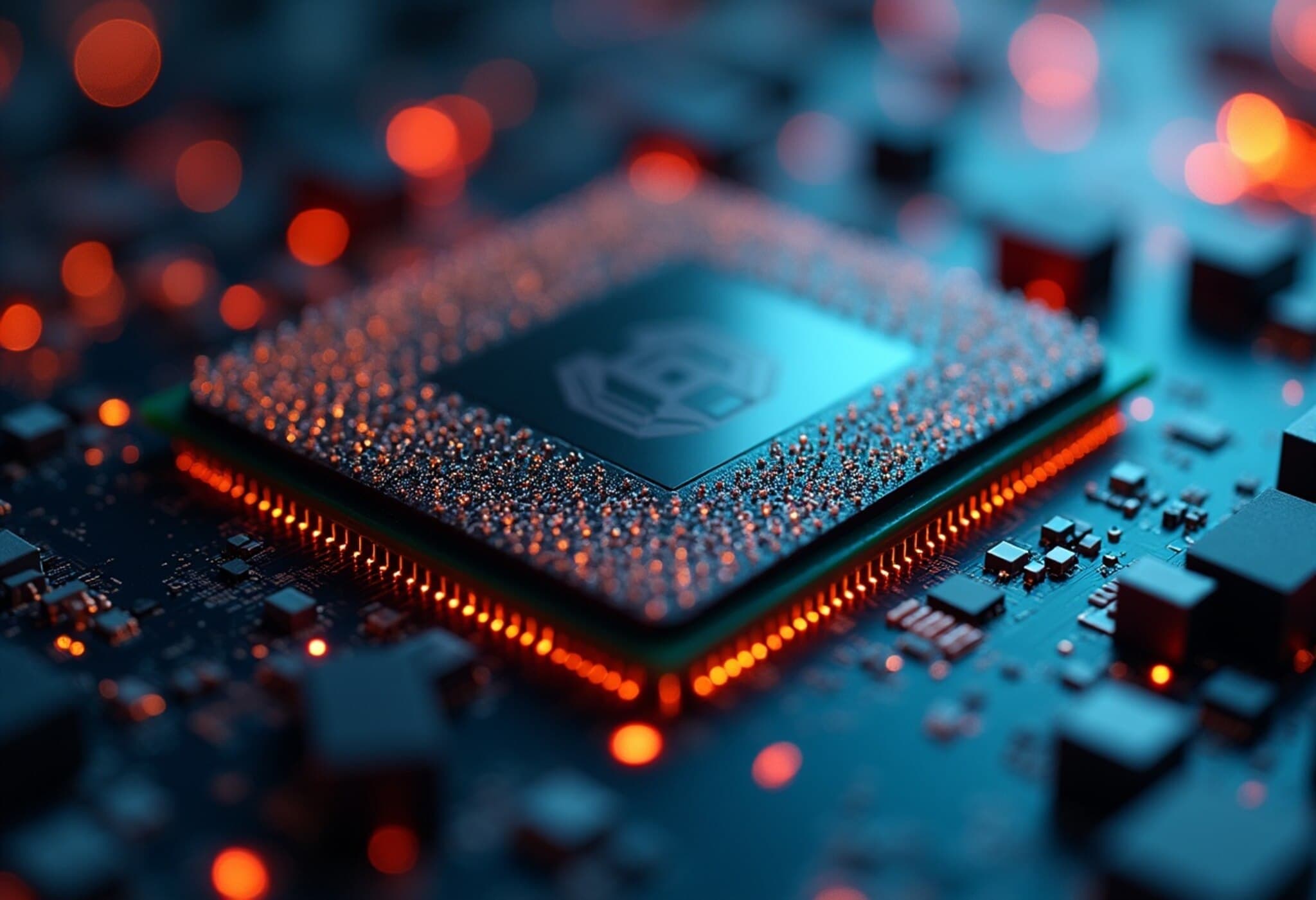Taiwan’s Economic Crossroads: Seeking Distance from China
For decades, Taiwan’s economic prosperity has been intertwined with China’s expansive market and manufacturing ecosystem. Giants like Taiwan Semiconductor Manufacturing Company (TSMC) and Foxconn have flourished by leveraging China’s factories and consumer base. However, a new strategic imperative is reshaping this relationship: Taiwan aims to "dehyphenate" itself from China’s business sphere amidst escalating geopolitical tensions and supply chain vulnerabilities.
The Drive Towards Decoupling
Under President Lai Ching-te’s administration, reducing economic reliance on China has become a national priority, especially given the island’s pivotal role in the global semiconductor industry. Taiwan’s leadership advocates for rerouting supply chains towards democracies rather than entities linked to the mainland. This approach aligns closely with recent US policy initiatives aimed at limiting China’s access to cutting-edge technology.
In a significant policy move, Taiwan now requires export licenses before companies can sell sensitive technologies to major Chinese tech firms such as Huawei and Semiconductor Manufacturing International Corporation (SMIC). Both companies underpin China’s ambitions for technological self-reliance.
A Precarious Position Between Giants
This economic reorientation places Taiwan in a delicate balancing act. While fostering ties with the US and Europe bolsters its strategic security, Taiwan still depends heavily on China as its largest export destination. Semiconductor sales to China alone constitute a significant share of its global trade.
Moreover, US President Donald Trump’s consideration of tariffs on Taiwan adds uncertainty to this fragile equilibrium, complicating Taipei’s economic decisions and raising concerns over the island’s long-term growth trajectory.
The High Cost of Unwinding Deep-Seated Ties
Taiwan’s historical integration with China’s economy is profound. Foxconn, a linchpin supplier for Apple and Nvidia, operates sprawling manufacturing hubs in central China, catalyzed by favorable infrastructure and local incentives. Quanta Computer and the consumer goods giant Want Want derive substantial revenue from the Chinese market, underscoring how extensive and multifaceted the commercial links are.
Expert Analysis: Kharis Templeman, a research fellow at the Hoover Institution, highlights that while Taiwan is willing to absorb short-term economic sacrifices, this strategy serves a larger goal - assuring Washington of Taiwan’s commitment as a steadfast partner. This credibility is vital for safeguarding Taiwan against escalating Beijing pressures.
Signs of Change: A Gradual Shift in Investment Patterns
- Between 2010 and 2024, Taiwan’s foreign investment flowing to China plummeted from over 80% to just above 7%.
- Anti-China sentiment and the COVID-19 pandemic accelerated efforts to diversify economic dependencies.
- Large protests in 2014 scuttled a proposed cross-strait trade pact, reflecting societal resistance to increased integration.
Tsai Ing-wen’s government has also championed strengthening US-Taiwan ties. TSMC’s monumental $165 billion investment plan in the US aims to enhance semiconductor supply chain resilience while reinforcing geopolitical alliances. Militarily, Taiwan is incrementally increasing its defense budget amid pressures to assume more responsibility for its own security.
The Semiconductor Sector: Ground Zero of the Taiwan-China Tech Tug-of-War
Despite tightened export controls, Taiwanese chips have occasionally surfaced in prohibited Chinese tech products, straining relations with Washington. Taiwan’s latest license restrictions target closing such loopholes and signal alignment with US efforts to check China’s technological rise.
Still, the entanglement runs deep. China remains a cornerstone market and production base for Taiwanese companies, making a complete economic divorce near impossible without significant repercussions.
Looking Ahead: Navigating Economic Security and Political Realities
Taipei’s challenge is stark: balancing the imperative for economic security and democratic solidarity against the pragmatic realities of commercial interdependence with China. This nuanced path requires cautious diplomacy, strategic economic restructuring, and resilient technological innovation.
Potential Questions for Future Consideration:
- How will Taiwan mitigate the economic risks of distancing itself from its largest trading partner without undermining growth?
- Can Taiwan’s semiconductor dominance sustain geopolitical leverage amidst global supply chain realignments?
- What role will US policy play in shaping Taiwan’s economic future, particularly regarding tariffs and trade restrictions?

